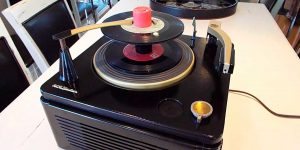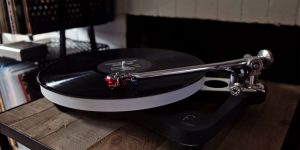When buying vinyl, you might have noticed that some are labeled 33, 45, or 78. But what’s the difference between 33, 45, and 78 records? Today, I will reveal the “secret” of these mysterious numbers.
In simple words, these numbers refer to the rotational lp speed. The rotational speed determines how long each side of the record is. So, a 33 vinyl record is played at 33 revolutions per minute (rpm), a 45 vinyl record is played at 45 RPM, and a 78 vinyl record is played at 78 RPM. Let’s delve into the historical aspect of this topic, and then I will tell you about each speed extensively.
Historical context of vinyl records
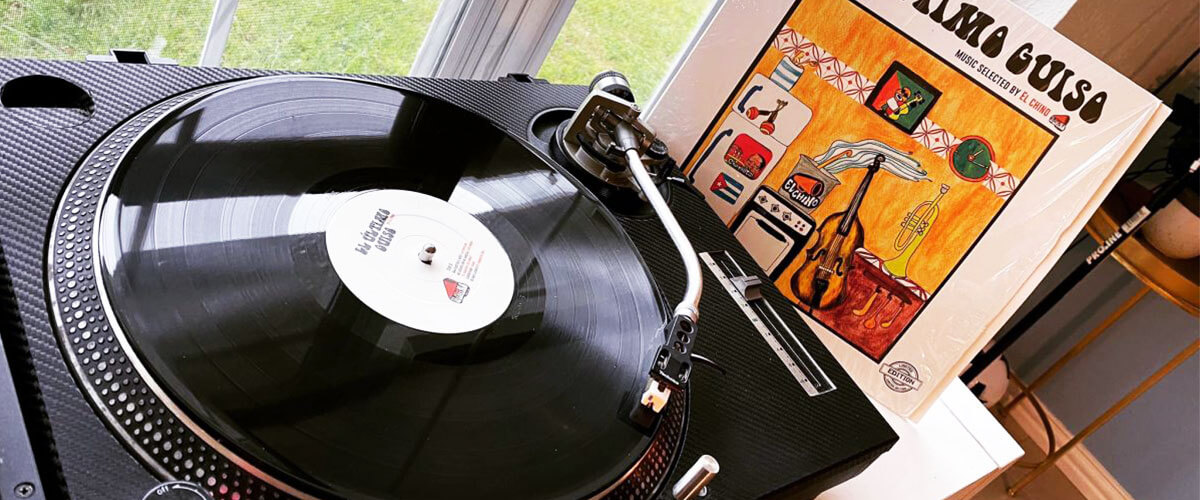
Vinyls have such a rich history, starting from the mid-20th century, as they were widely used until cassettes and CDs took over in the 1980s. They are flat, circular discs with grooves that produce sound when spun on a turntable. Emile Berliner invented the flat disc format in 1888, a departure from earlier cylindrical recordings; first, there were brittle shellac records, then vinyl came along with 33 1/3 RPM for albums and 45 RPM for singles.
Sadly, in the 1980s, the rise of cassette tapes and later CDs formed a threat to vinyl because these new formats offered greater portability and convenience. Nevertheless, collectors, audiophiles, and even younger generations still embraced vinyl for its warm, authentic sound.
Actually, the 78 RPM speed was one of the earliest standard speeds for shellac records(shellac was a brittle material used in these early records). They typically held one song on each side because of their limited playing time. Then, the 33 RPM speed was introduced in 1948, along with the 12-inch LP (Long Play) format. These records had more space, allowing for longer playing times and multiple tracks on each side. Finally, 45 RPM records appeared. They gained immense popularity, especially in the 1950s and 1960s, because of their convenience in using them for radio play and jukeboxes. Even today, 45 RPM records are cherished by collectors and enthusiasts.
Understanding RPM (revolutions per minute)
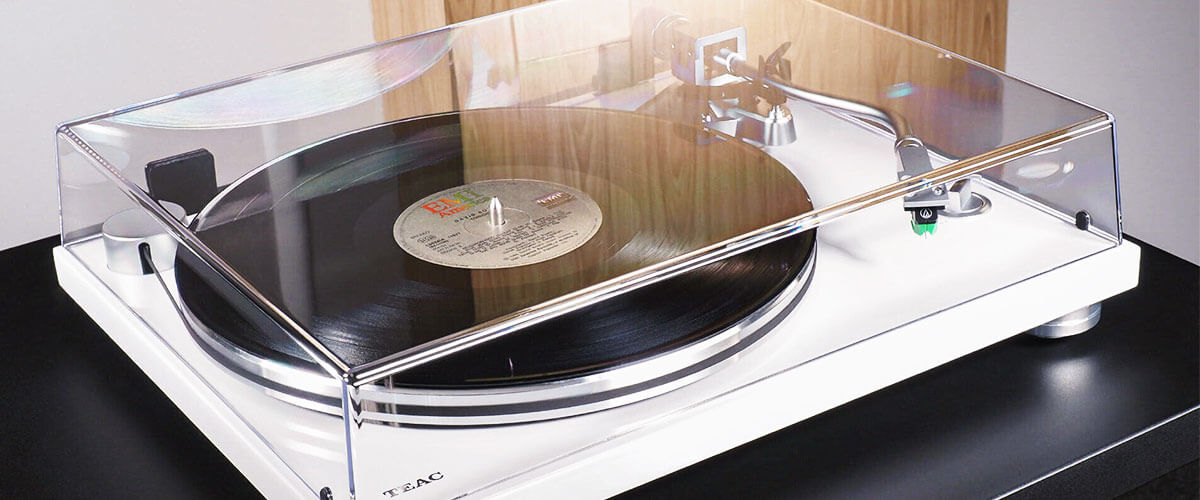
That number on the label, which might seem like a technical detail but actually plays a big role in your vinyl experience – that’s RPM. We will go through each detail about RPM in simple terms, explaining what it means, looking through their specific features, like record sizes, and how it affects the sound of your favorite music.
33 RPM
When it comes to listening to long pieces of music, I can say that 33 RPM records are the best option. They can hold around 20 minutes of music per side and are typically used for full-length albums; that’s why they are also known as LP records.
They are the most common type of vinyl record and can be played on any turntable. Even though 33s are played at a slower speed, they have a deeper sound than 45s(I am jumping ahead). Actually, they are typically used for classical music, jazz, and other genres that don’t require a lot of speed-up action.
45 RPM
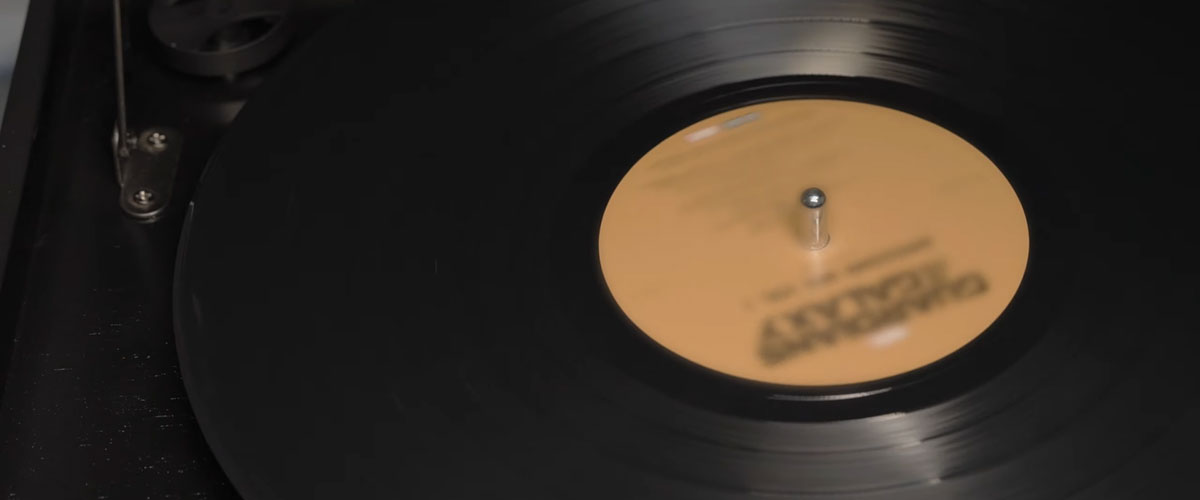
Regarding 45 RPM records, they are typically used for singles or EPs (Extended Plays), as they can only hold around five to seven minutes of music. Those records are smaller and played at a faster speed, giving them a higher pitch and a more energetic sound like rock or pop music. 45s are often made with higher quality vinyl, so they tend to sound better.
Today, 45 RPM records are primarily used mostly by vinyl enthusiasts who appreciate the unique qualities of this format. In short, 45 RPM is like a quick burst for short songs or singles, while 33 1/3 RPM is the standard for longer albums.
78 RPM
And, finally, 78 RPM records (the oldest type of vinyl record originally used for phonograph cylinders) are much larger and rarer, usually only used by collectors and played at a very slow speed, giving them a deep, mellow sound. In general, they can be played on any turntable, but the sound quality is not as good as 33s or 45s. Also, these records can hold around three minutes of music per side. So, if you have an old record player that can’t handle modern speeds, you’ll have to use a 78 RPM.

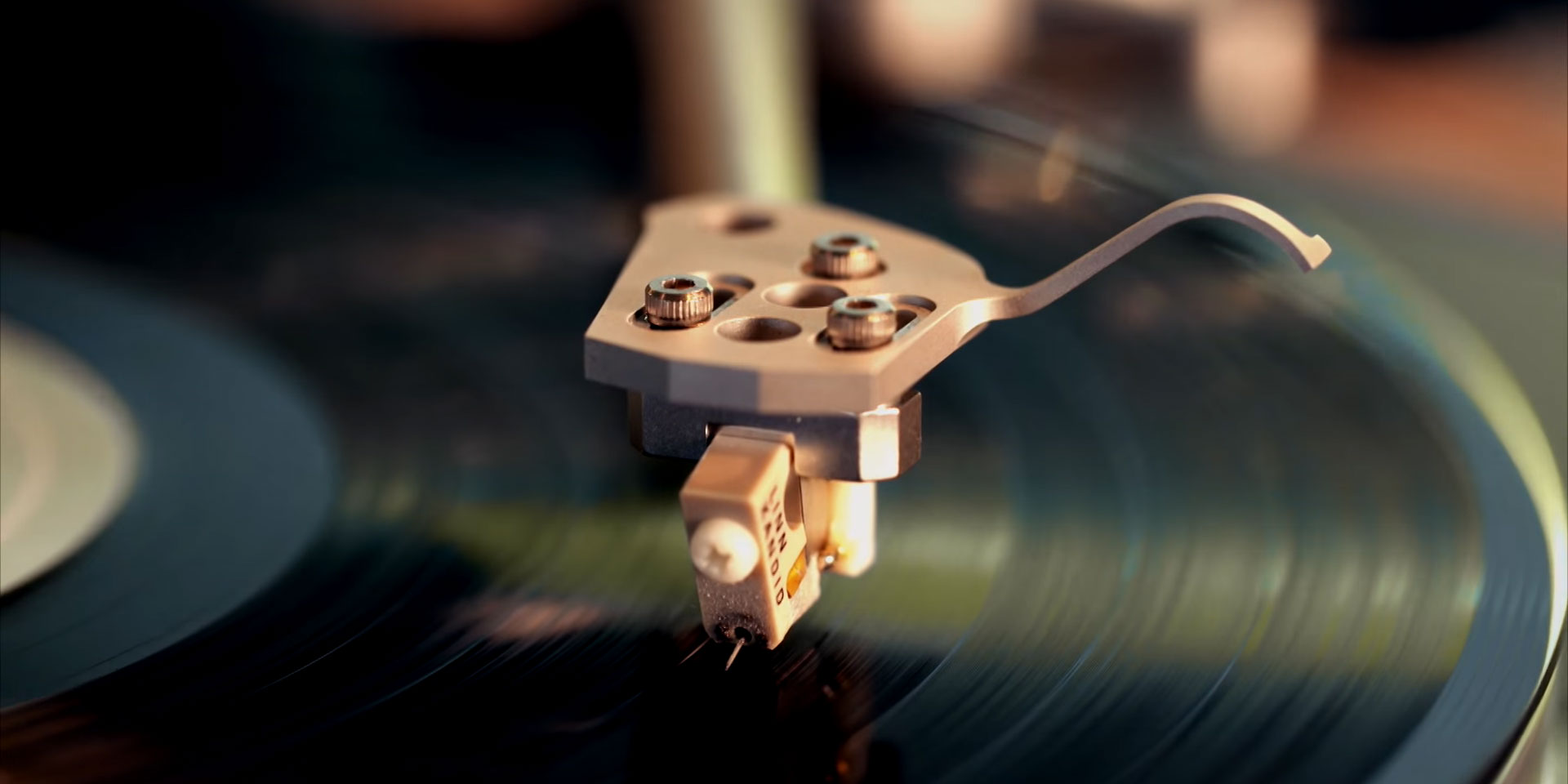
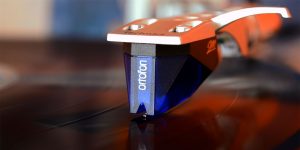

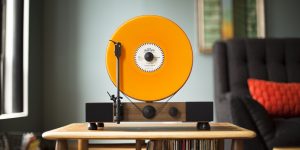
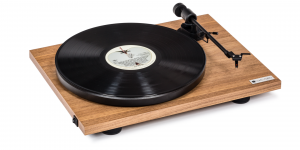
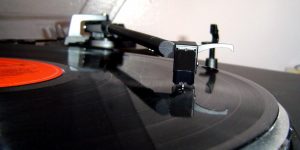
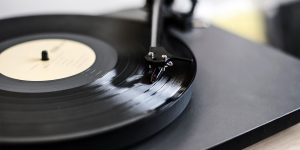
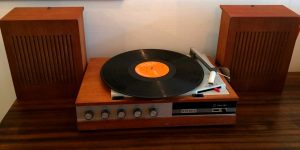
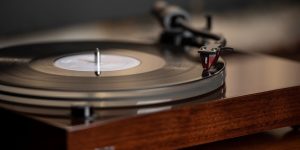
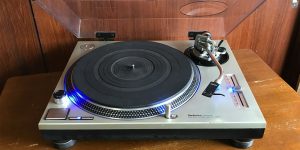
![Connect a Turntable to Your Wireless Bluetooth Speakers [Easy Guide]](https://www.vinylrecordday.org/wp-content/uploads/2021/12/tuntable-and-sonos-speaker-300x150.jpg)
